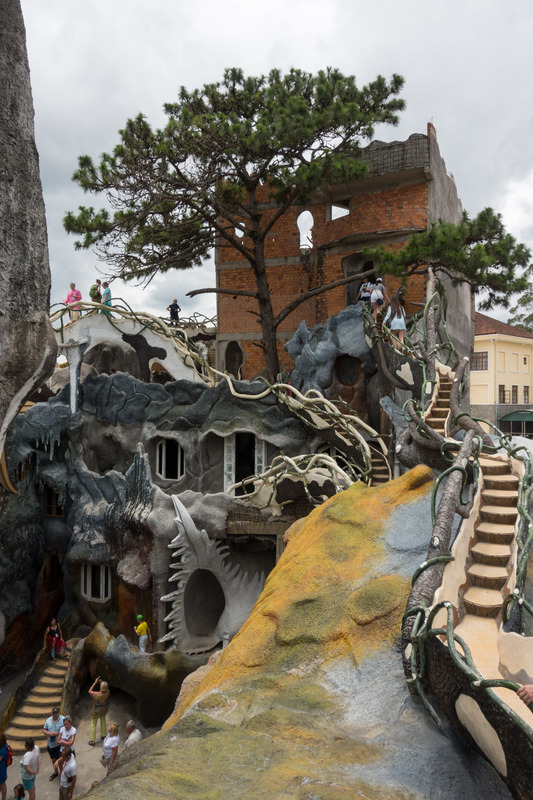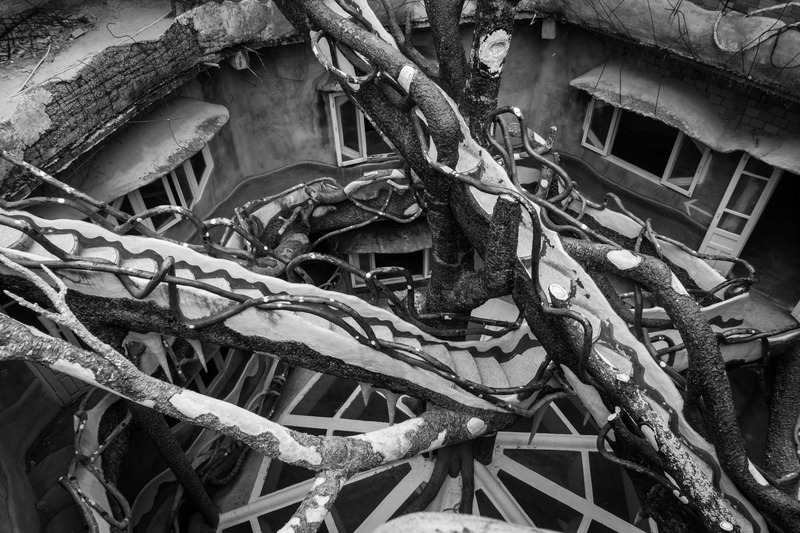Đà Lạt
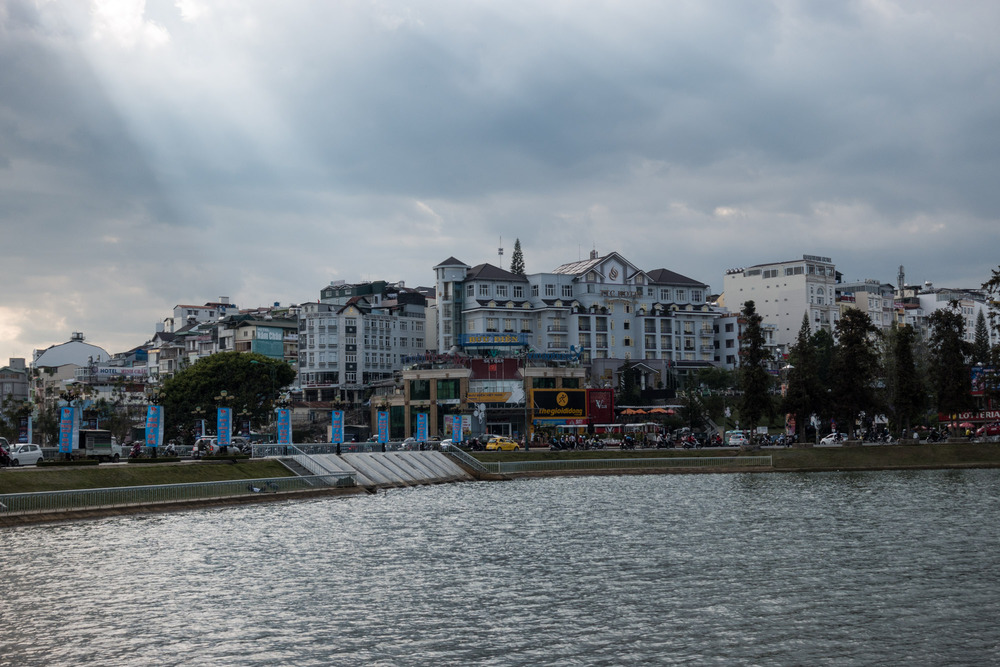
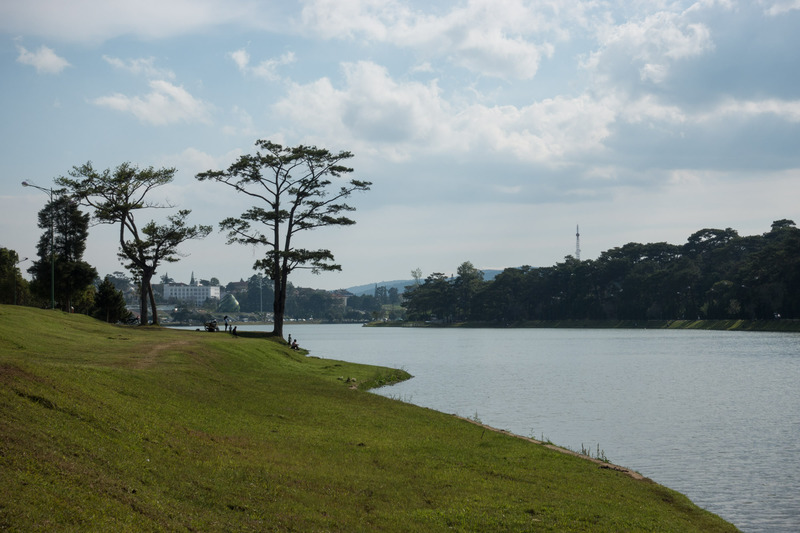
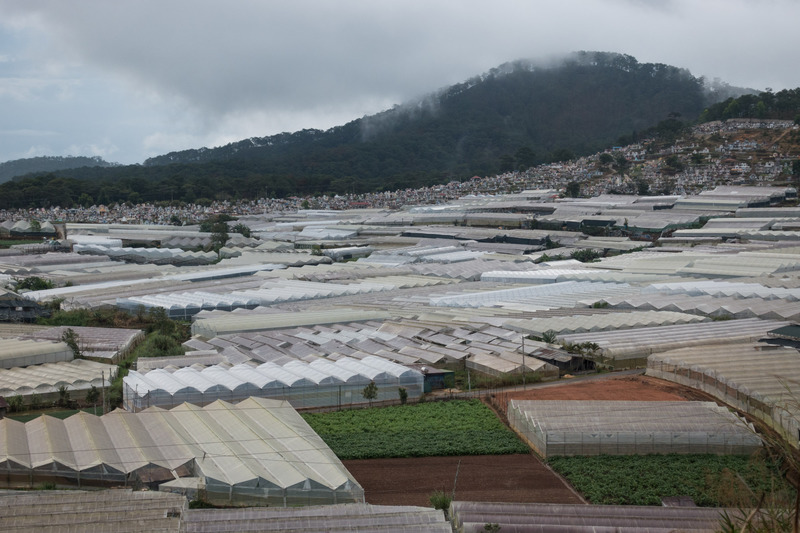
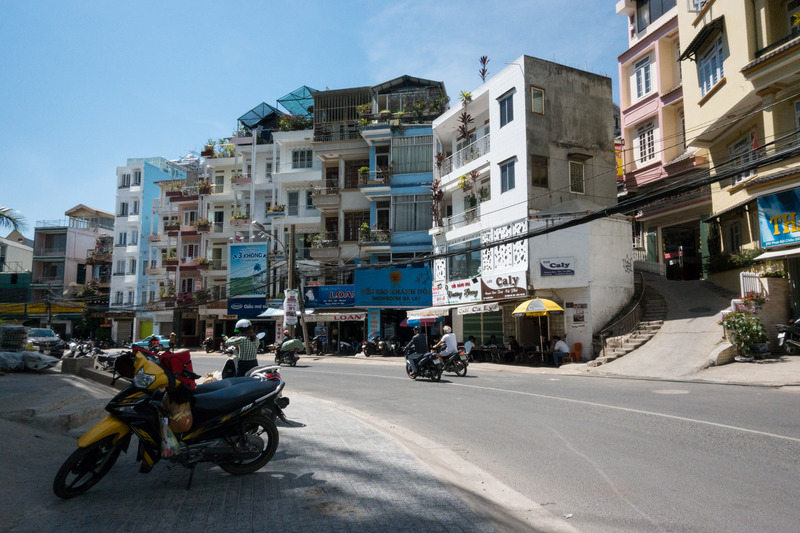
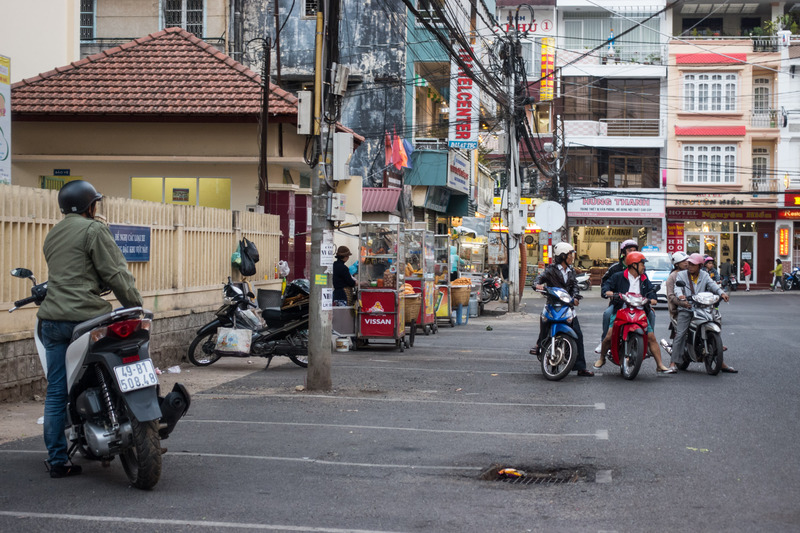
Đà Lạt is located in Vietnam’s Central Highlands, and has notably cooler weather than nearby Nha Trang and Ho Chi Minh City. Because of its temperate climate, the area is well-known for its agriculture and ships produce all over Vietnam. More recently, Đà Lạt has become known for growing beautiful flowers.
On our way out of Nha Trang, we stopped at two different mechanics. The motorbike’s brakes and chain needed to be tightened. The first mechanic made some minor adjustments, and when we pointed out that they weren’t tight enough, he insisted that everything was alright. Because Jake still couldn’t stop the bike in a reasonably short distance, we found another mechanic down the street. This mechanic made the correct adjustments, and when he saw something fishy with the front brake, he swapped out the badly worn disk brake and sanded the inside of the tire. The result: very responsive brakes that were much safer than before. Jake and I concluded that not all mechanics are created equal.
As we crested the last hill before Đà Lạt, we were greeted by a sea of greenhouses. Jake observed that there were many more greenhouses than when he was there two years ago. We later learned that all these greenhouses are used for growing flowers. The profit margin for flowers is much greater than for vegetables, so many farmers in recent years have switched to the more lucrative crop.
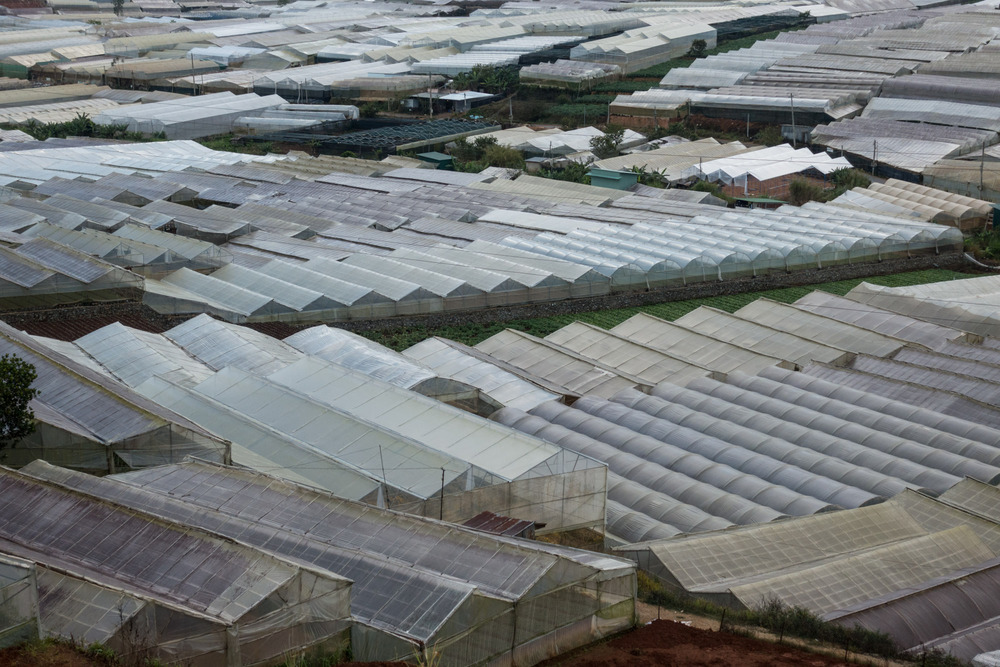
There is a huge lake in the middle of Đà Lạt. One afternoon, we walked all the way around it. Swan boats are docked on one bank, and we saw some couples pedaling slowly across the water. When we got closer to the docks, I noticed that the sign said: “Đạp Vịt.” Đạp is derived from xe đạp, or bicycle. Vịt means duck. Therefore, these are duck bicycles, not swan boats.
In addition to the duck bicycles, our meandering journey around the lake revealed many other gems:
- horse-drawn carriages, presumably used by the many honeymooners that come to Đà Lạt
- a house that was reminiscent of Pablo Neruda’s Valparaíso home
- large round topiaries (the sculptor stopped with the job half-done)
- a large group of bicyclists that lapped us three times (a motorcycle carrying spare tires followed behind)
- a shopping complex hidden underneath huge flower-like structures

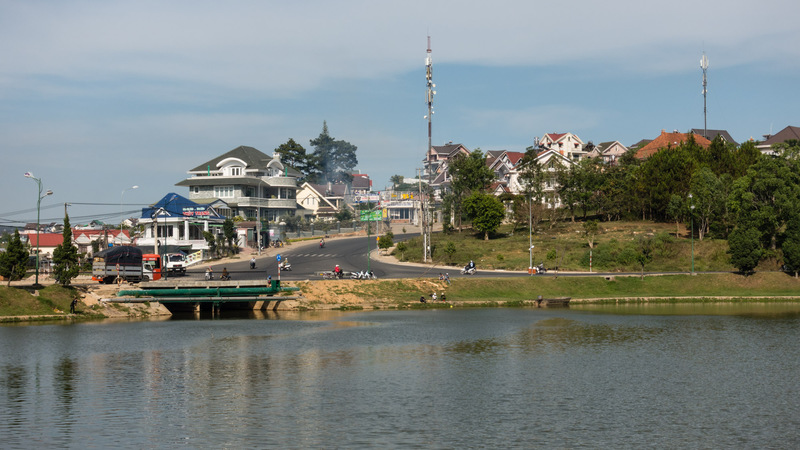
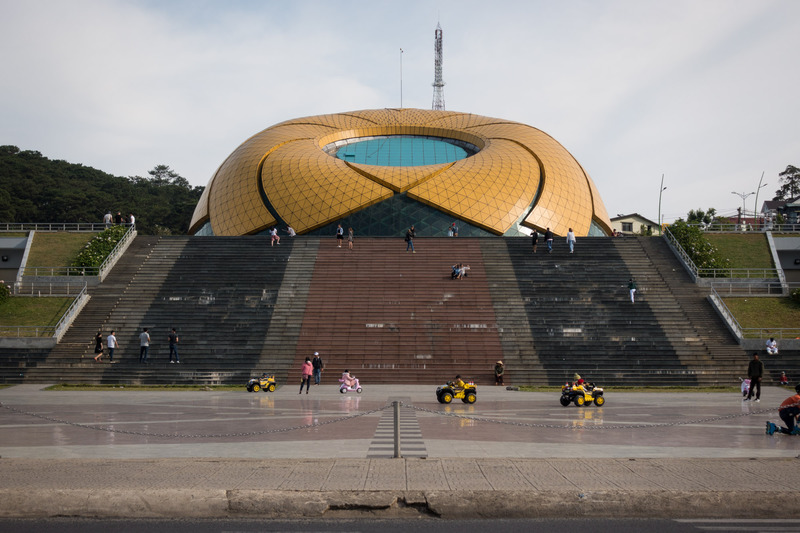
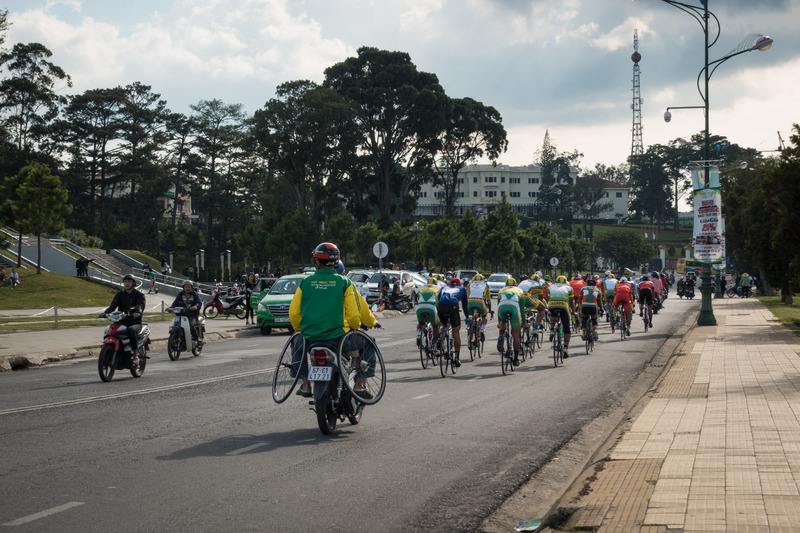
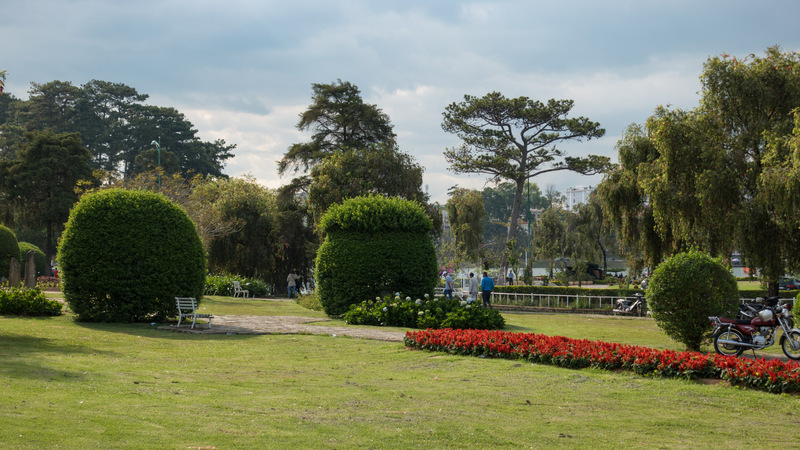
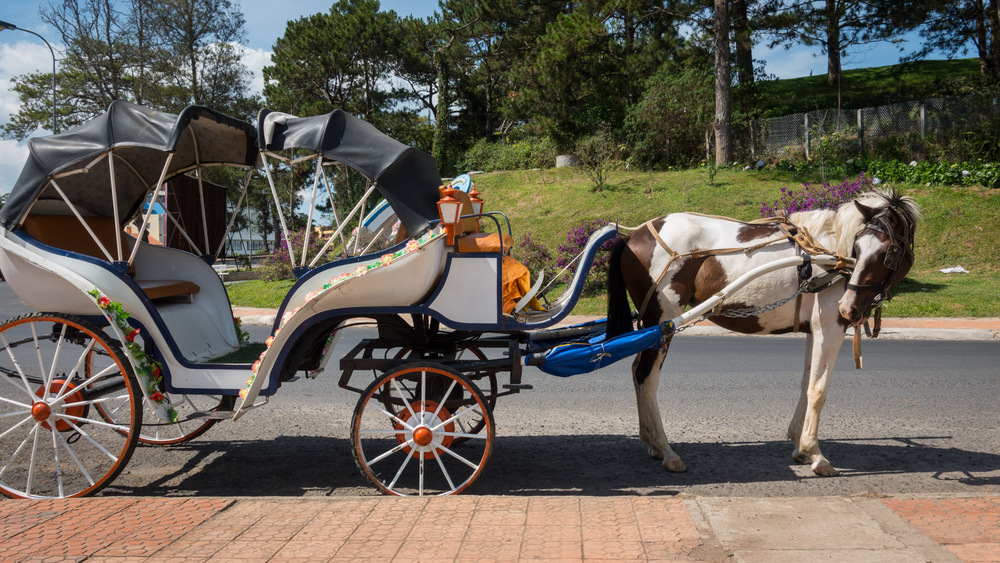
We met up with Lam, Jake’s tour guide during his previous trip to Vietnam. Lam is a guide with the Easy Riders, a popular organization that has spawned copycats all over Vietnam (although we’re not sure which of the many Đà Lạt organizations is the first one). The original organization was a collection of motorcycle enthusiasts who started taking passengers on tours. We met Lam outside the hotel and he asked if we wanted to go on a tour of the area. We said yes; I wanted to see what Jake saw last time, and Jake wanted to revisit old sights. We forgot to mention that we had our own motorcycle, so when Lam brought over his buddy Dan, and Jake and I climbed onto the backs of their bikes. Our tour covered the countryside surrounding Đà Lạt.
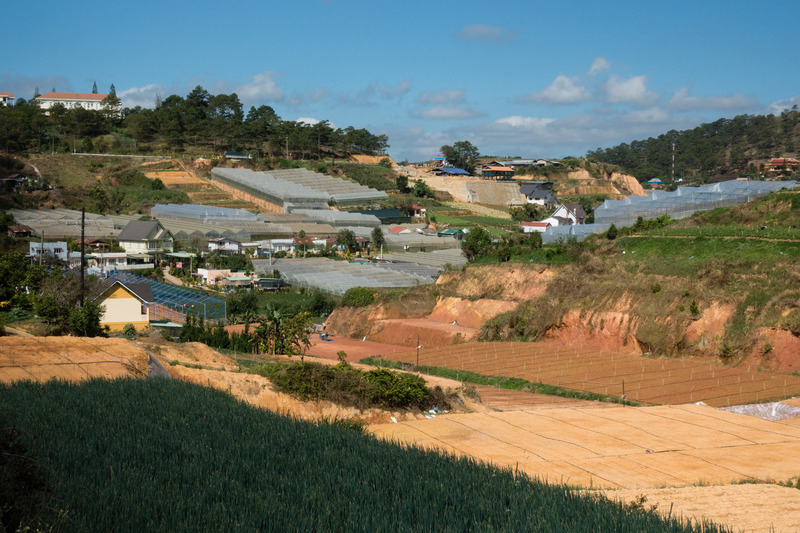
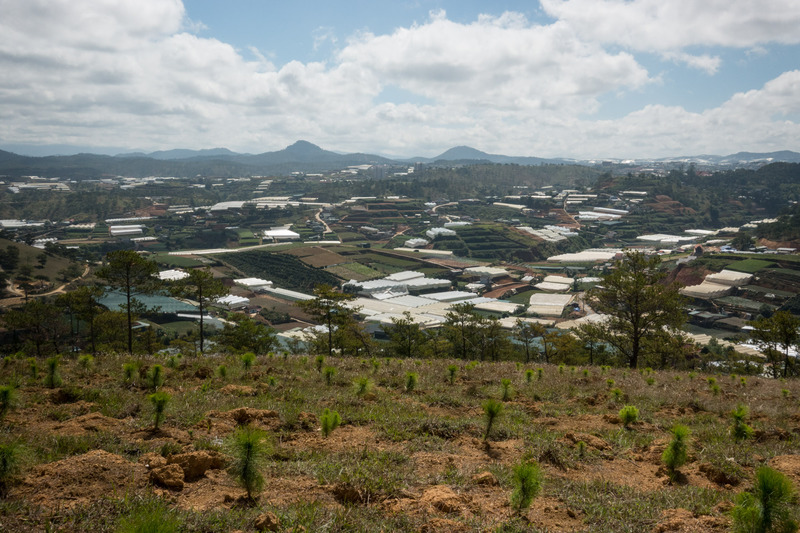
We visited a coffee plantation and got to see unprocessed coffee beans up close. There are several different types of coffee plants, and they can be differentiated by leaf and plant size. This plantation also keeps civets on site for making kopi luwak, or weasel coffee. A civet is a weasel-like creature that eats coffee beans. The “processed” beans are collected from their poop, then roasted; this results in very expensive coffee beans (about 30 times the cost of normal Arabica coffee).
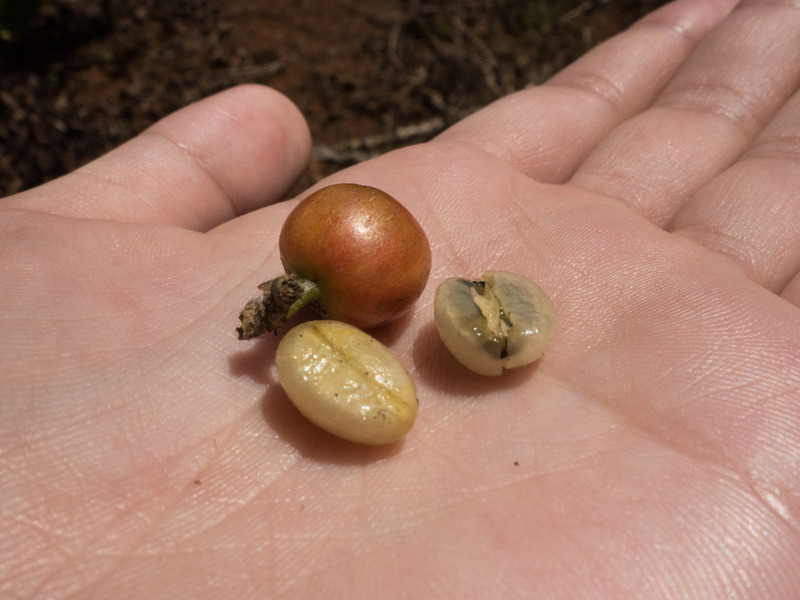
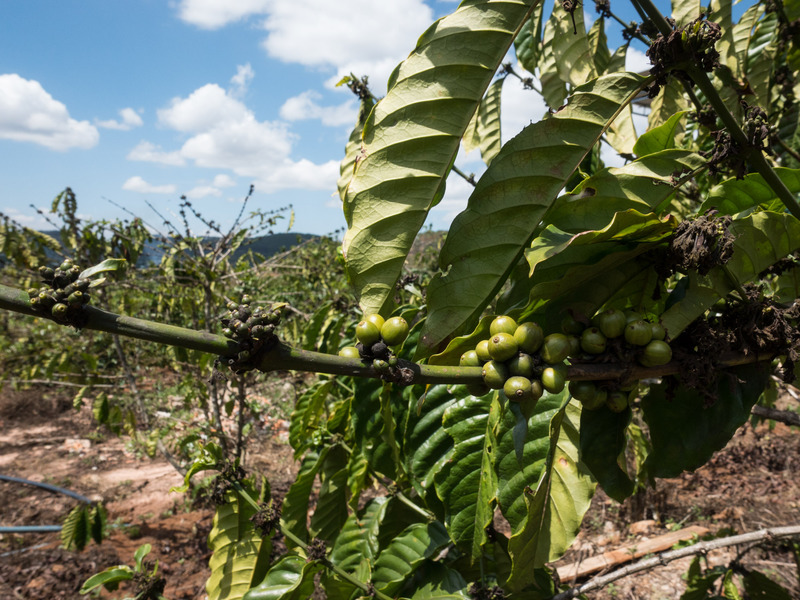
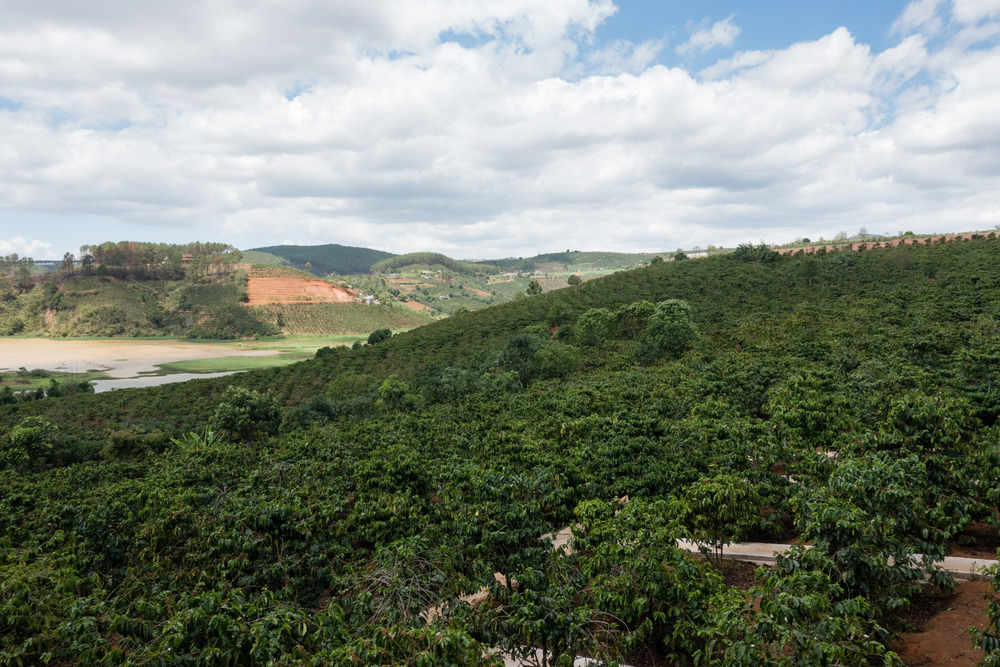
Later stops on the tour included Elephant Falls, a collection of French-style houses, and the old Đà Lạt Railway Station. The buildings are all remainders from the city’s colonial past. The restored houses are now used as guesthouses, although tours regularly enter the gated grounds. The railway station is now just a (very beautiful) tourist attraction. For the benefit of tourists, trains run a couple times a day to the next station down the line.
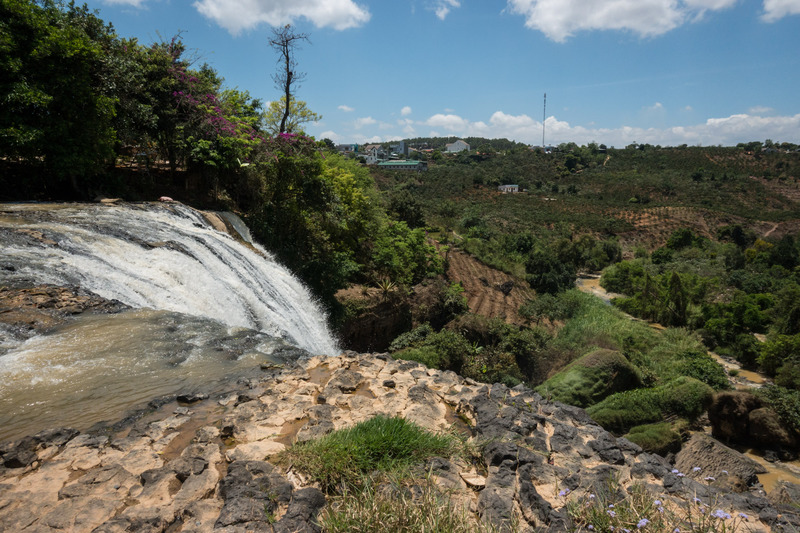
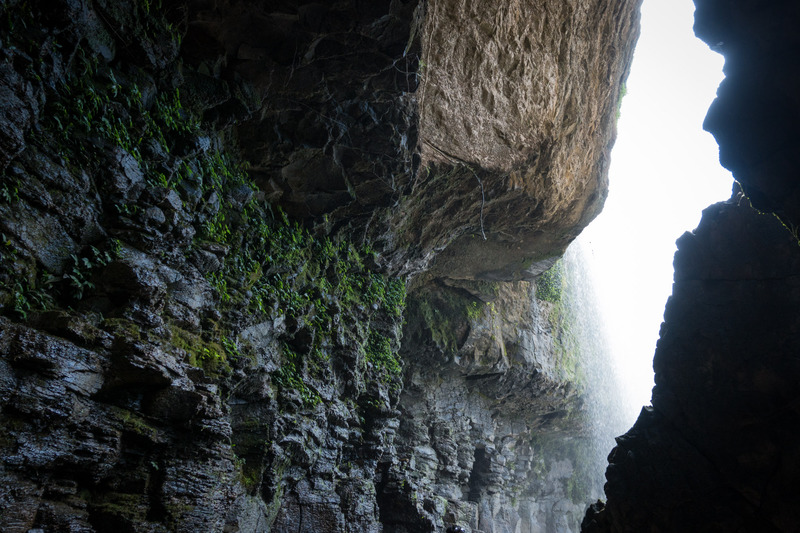
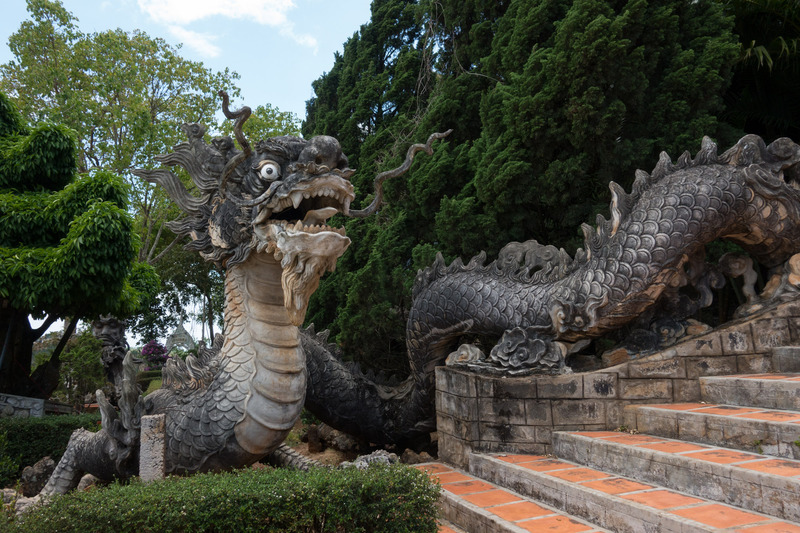
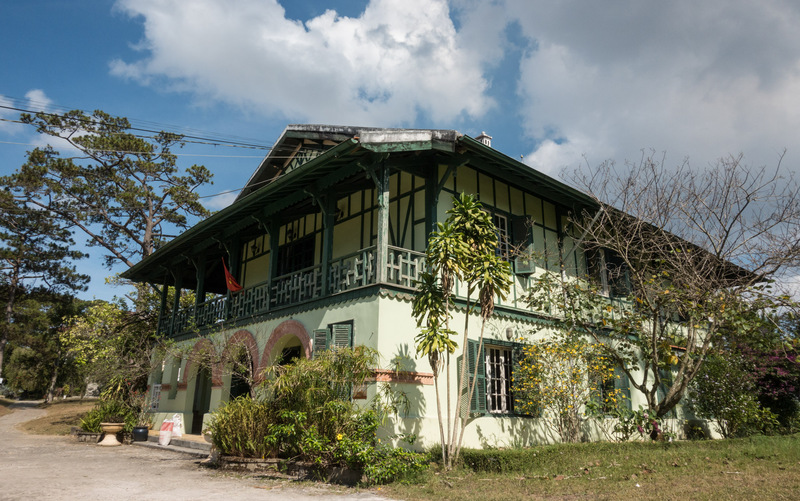
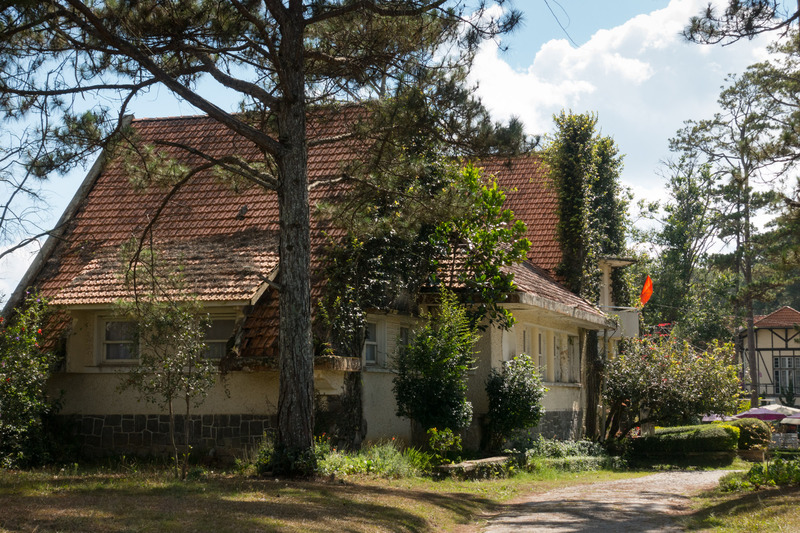
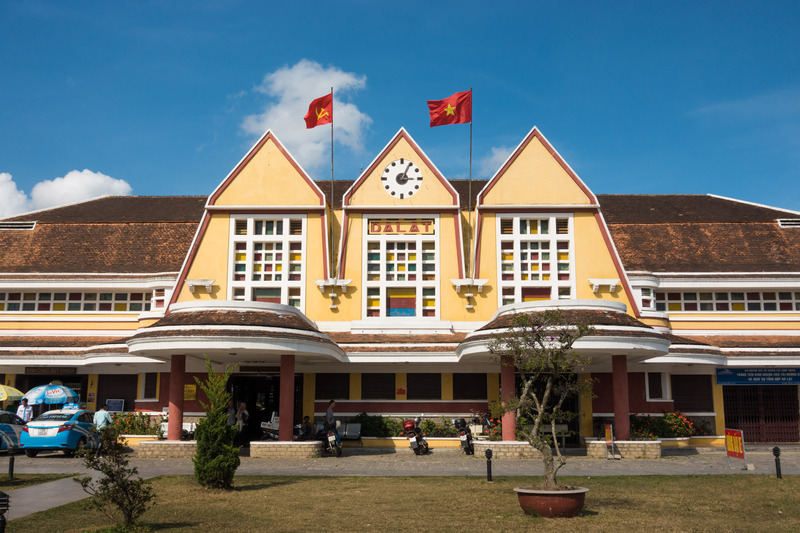
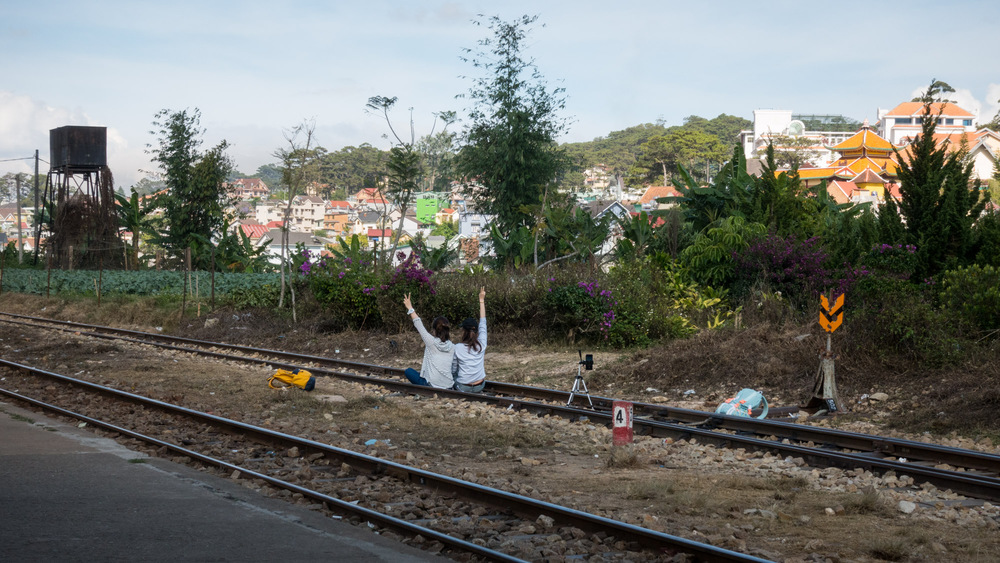
A bakery near our hotel, Liên Hoa Bakery, had display after display filled with pastries. Despite visiting several times, we weren’t able to try everything. Most of the things we tried were delicious. The one exception was the durian pastry, but that’s just a matter of personal preference.
Jake and I also visited Đà Lạt’s bustling night market and made a dinner out of street food. Many stalls sold bánh tráng, a piece of rice paper covered with egg, sauces, and meaty goodies, then roasted over coals. We also found carts selling hot soy milk (sữa đậu nành) and green mung bean milk (sữa đậu xanh).
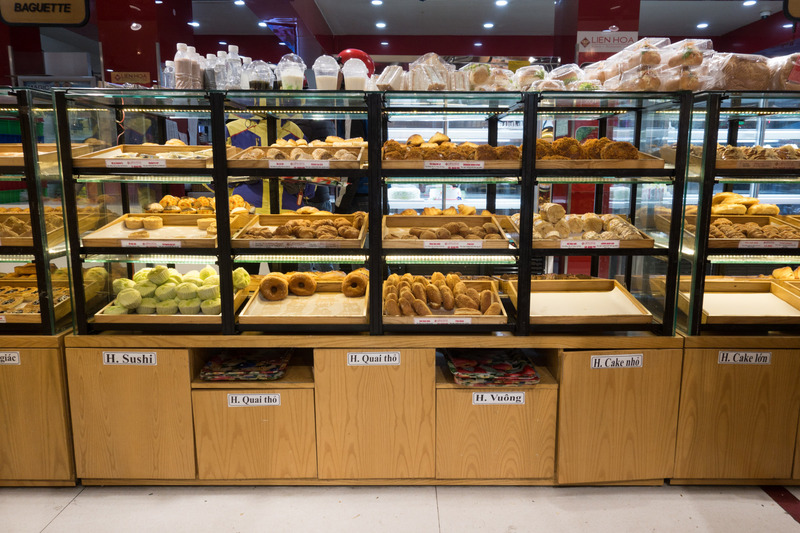
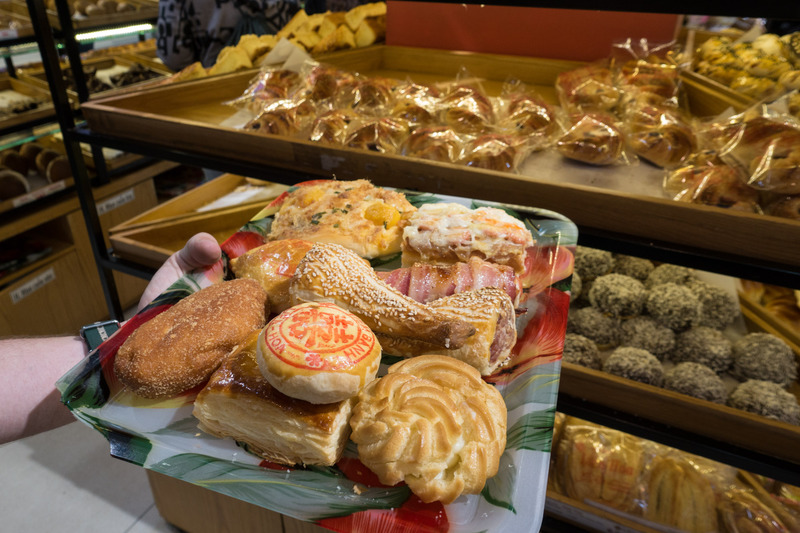
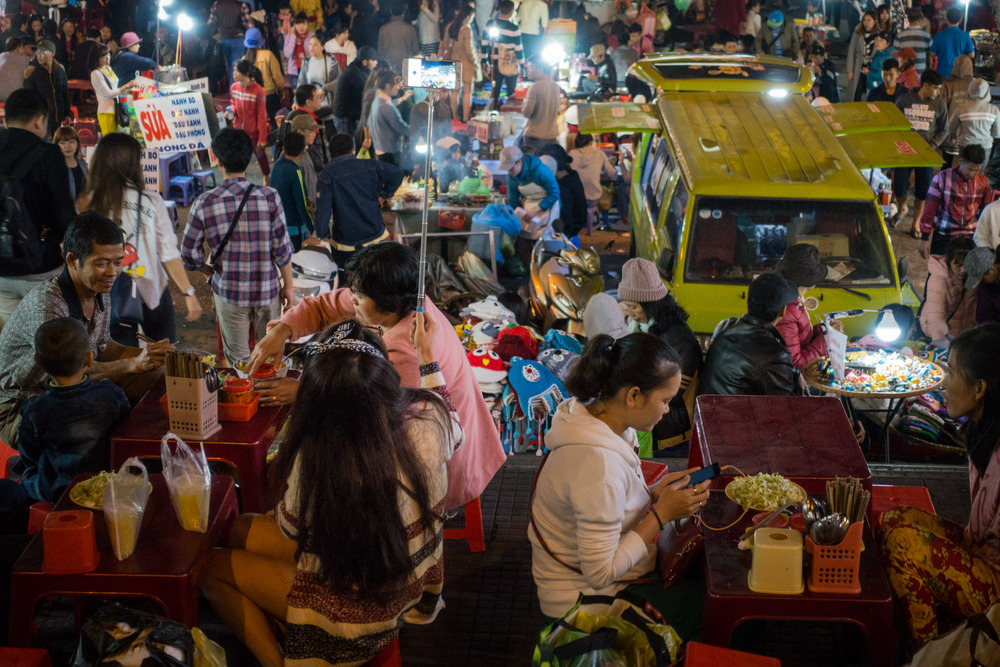
As we were leaving Đà Lạt, Jake and I decided to stop at Hằng Nga Guesthouse, or as it’s commonly known, the Crazy House. The place was crawling with tourists, and I had a hard time picturing how it functions as a guesthouse. The complex was bizarre and maze-like and sprawling. The architect cites Gaudi as one source of inspiration, but I thought it was more reminiscent of Hundertwasser. I also thought it was a good example of what can be built when there are no apparent building codes.
